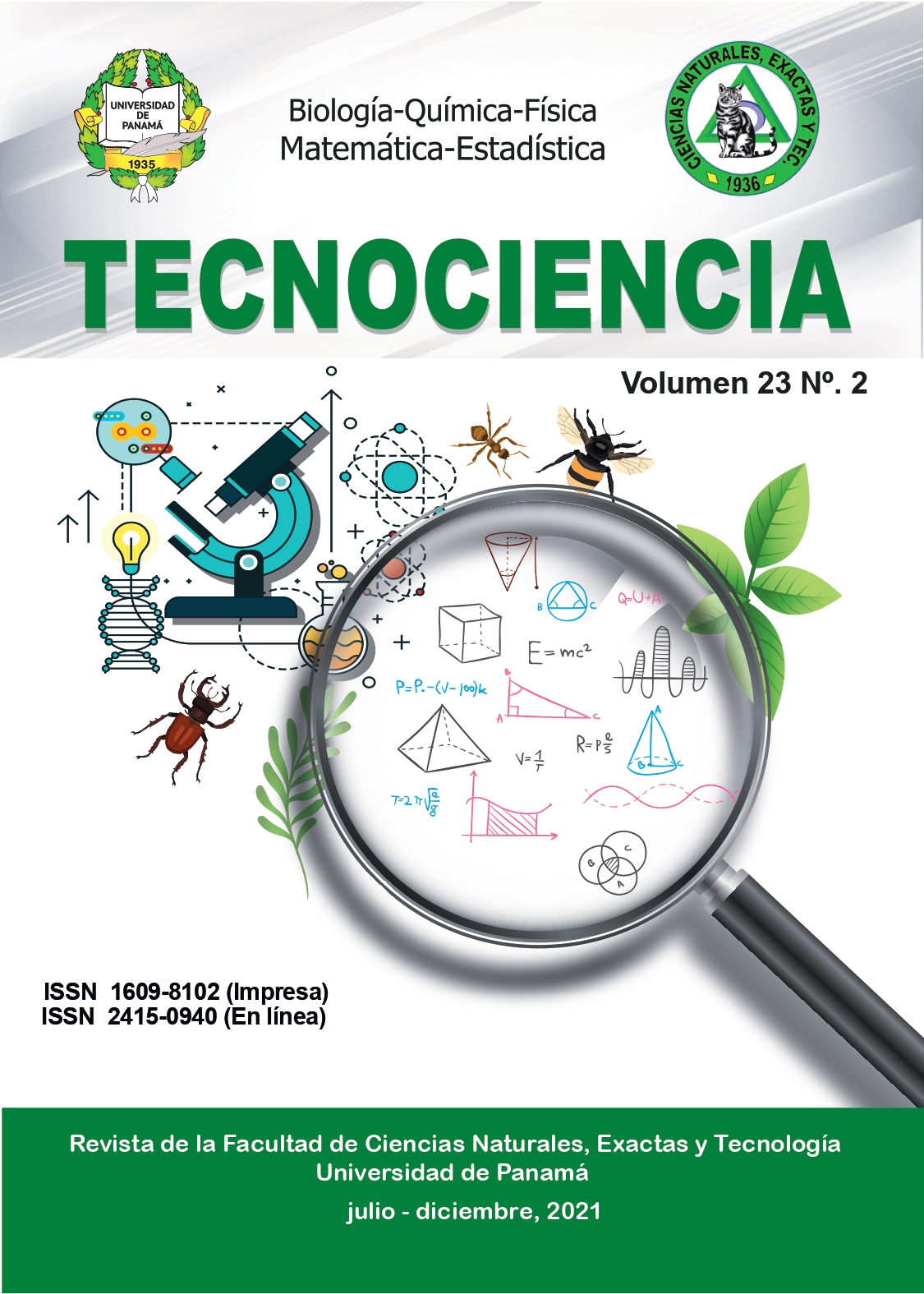Citas
AOU: American Ornithologists' Union (1998) Checklist of North American Birds. 7th ed. American Ornithologists' Union Washington, DC.
Barrett, RT, KCJ Camphuysen, T Anker-Nilssen, JW Chardine, RW Furness, S Garthe, O. Hüppop, MF Leopold, WA Montevecchi, RR Veit (2007) Diet studies of seabirds: a review and recommendations. ICES Journal of Marne Sciences 64:1675-1691.
Beedy, E. C. & and Pandolfino, E. R. (2013). Blackbirds and Relatives Family Icteridae. University of California Press, 335-336.
Christensen, AF (2000) The fifteenth- and twentieth-century colonization of the Basin of Mexico by the Great-tailed Grackle (Quiscalus mexicanus). Global Ecology and Biogeography 9:415-420.
Cruz-Sáenz, D, D Lazcano, JO Ríos-Martínez, JA García-Salas, A Rodríguez-López & LD Wilson (2020). Notes on the Herpetofauna of Western Mexico 24: Predation on Lithobates neovolcanicus (Hillis & Frost, 1985) by Quiscalus mexicanus (Gmelin, 1788) in the Gardens of Guadalajara Zoo, Jalisco, Mexico. Bulletin of the Chicago Herpetological Society 55: 153-157.
Cupul-Magaña, FG, F Mc Cann & AH Escobedo-Galván (2018). Observaciones generales de la dieta del zanate mexicano Quiscalus mexicanus en Puerto Vallarta, México. Huitzil, 19: 96-99.
de Luna, M., Rodríguez, M., & Barrios, R. G. (2020). Predation on the common house gecko Hemidactylus frenatus Schlegel, 1836 by the brown widow spider Latrodectus geometricus Koch, 1941 in Colima, Mexico. Herpetology Notes, 13, 555-556.
Gill, FB (1995) Ornithology. W.H. Freeman and Company, Nueva York, E.U.A.
Grabrucker, S, AM Grabrucker (2010). Rare feeding behavior of Great-Tailed Grackles (Quiscalus mexicanus) in the extreme habitat of Death Valley. The Open Ornithology Journal 3:101-104.
Gurrola-Hidalgo, MA, C Sánchez-Hernández, ML Romero-Almaraz (2009) Novel food sources for Quiscalus mexicanus and Cyanocorax sanblasianus in Chamela, Jalisco coast, Mexico. Acta Zoológica Mexicana 25:427-430.
Johnson, K & BD Peer (2001). Great-tailed Grackle (Quiscalus mexicanus). Pp. 1-28. En A. Poole, F. Gill (eds.), The Birds of North America 576. The Birds of North America, Inc., Philadelphia, E.U.A.
Karnovsky, NJ, KA Hobson, SJ Iverson (2012) From lavage to lipids: estimating diets of seabirds. Marine Ecology Progress Series 451: 263-284.
Larson, K, D Craig (2006). Digiscoping vouchers for diet studies in bill-load holding birds. Waterbirds: The International Journal of Waterbird Biology 29: 198-202.
Leary, PR (2004) Digiscope applications for shorebird studies. Wader Study Group Bulletin 104: 34-38.
Montevecchi, WA (1993). Birds as indicators of change in marine prey stocks. Pp. 217-266. En R.W. Furness, J.J.D. Greenwood (eds.), Birds as monitors of environmental change. Chapman & Hall, Londres, Reino Unido.
Pitts, RM (2020). Note of the attempted preadation of an adult deer mouse (Peromyscus maniculatus) BY A GREAT-TAILED GRACKLE (Quiscalus mexicanus). Transactions of the Missouri Academy of Science 48: 4-4.
Sánchez-Soto, S (2015). Depredación de Hemidactylus frenatus (Reptilia) por Quiscalus mexicanus (Aves). Zeledonia 19: 125-127.
Sibley, C. 2001. The Cornell lab of ornithology's guide to birds of North America version 3.0 (Electronic media- CD). Thayer Birding Software.
Teather, K. L. and P. J. Weatherhead. (1988). Sex-specific energy requirements of Great-tailed Grackle (Quiscalus mexicanus) nestlings. Journal of Animal Ecology 57:659-668.
Wethje, W (2003) The range expansion of the great-tailed grackle (Quiscalus mexicanus Gmelin) in North America since 1880. Journal of Biogeography 30: 1593-1607.

